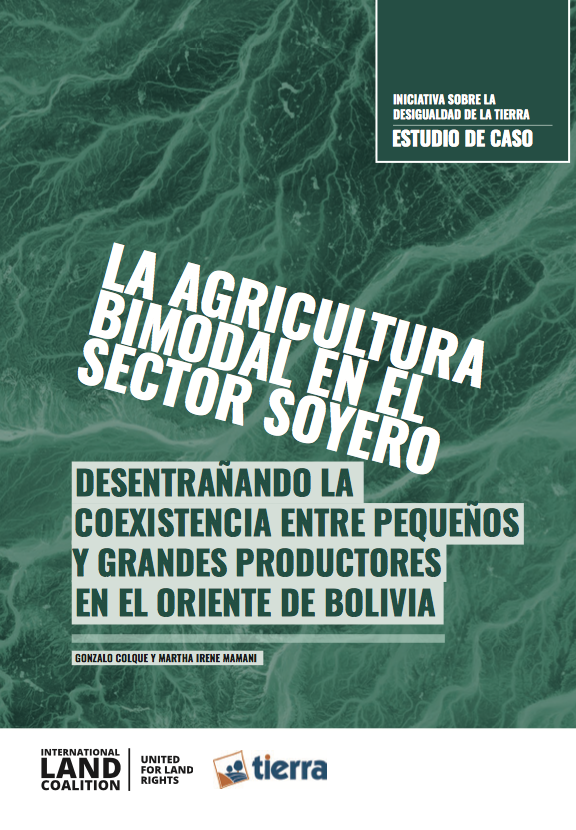2019 Europe Sustainable Development Report
This report comes at a critical time for Europe. The new President and Commission have already committed to a European Green Deal to achieve climate neutrality by 2050. They have further pledged to place the SDGs at the centre of the European Semester – the Union’s framework for the coordination of economic policies across member states. Indeed, in their mission letters each new Commissioner is asked to ensure “the delivery of the United Nations Sustainable Development Goals within their policy area.




